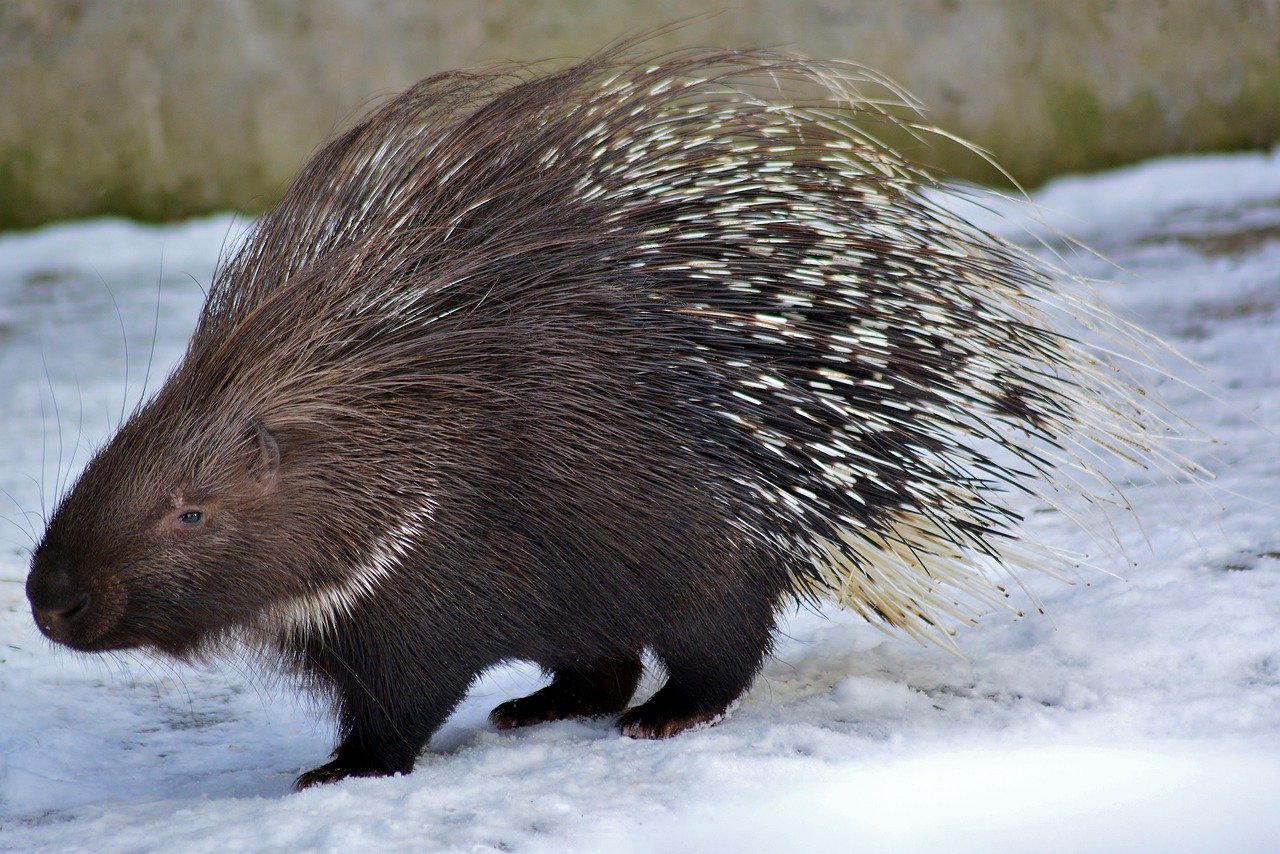Surgery and anesthesia are significant aspects of veterinary care for porcupines, addressing various health issues and ensuring their well-being. While the prospect of a surgical procedure may be concerning, understanding what to expect can help alleviate anxiety and contribute to a smoother process. In this guide, we’ll explore the key aspects of porcupine surgery and anesthesia, providing insights into what owners can anticipate during these procedures.
1. The Need for Surgery
- Surgical procedures for porcupines are typically conducted to address various health issues, including injuries, abscesses, reproductive procedures, and the removal of growths or tumors.
2. Preoperative Evaluation
- Before surgery, your porcupine will undergo a thorough preoperative evaluation. This includes a physical examination, blood tests, and possibly imaging studies to assess their overall health and identify any potential risks.
3. Anesthesia Administration
- Anesthesia is administered to ensure your porcupine is unconscious and pain-free during the surgery. The type of anesthesia used will depend on the specific procedure and the porcupine’s health status.
4. Monitoring Vital Signs
- Throughout the surgery, veterinary staff will closely monitor your porcupine’s vital signs, including heart rate, respiratory rate, and blood pressure. This monitoring ensures the porcupine’s safety and allows for immediate intervention if any issues arise.
5. Surgical Procedure
- The surgical procedure itself will be conducted by a skilled veterinarian experienced in exotic animal surgery. The goal is to address the specific issue, whether it’s the removal of quills, wound repair, or more complex procedures.
6. Postoperative Care
- After surgery, your porcupine will be carefully monitored during the recovery phase. Postoperative care may involve providing pain management, keeping the porcupine warm, and ensuring they wake up smoothly from anesthesia.
7. Recovery Time
- The recovery time will vary based on the complexity of the surgery and the individual porcupine. Some may be up and moving shortly after waking up, while others may require more time to fully recover.
8. Pain Management
- Pain management is a crucial aspect of postoperative care. Your veterinarian will prescribe appropriate pain medications to keep your porcupine comfortable during the recovery period.
9. Follow-up Care
- Following surgery, your porcupine will likely need follow-up appointments to monitor their progress, remove stitches if necessary, and ensure a complete recovery.
Important Considerations:
- Choose an Experienced Veterinarian:
- When considering surgery for your porcupine, choose a veterinarian with experience in exotic animal care and surgery. This expertise is essential for ensuring a safe and successful procedure.
- Preoperative Discussions:
- Discuss the details of the surgery, including risks and potential outcomes, with your veterinarian. This communication helps you make informed decisions about your porcupine’s care.
- Follow Care Instructions:
- Adhere to any postoperative care instructions provided by your veterinarian. This may include administering medications, monitoring your porcupine’s behavior, and attending follow-up appointments.
- Monitor for Complications:
- Keep a close eye on your porcupine during the recovery period. If you notice any signs of complications, such as excessive bleeding, changes in behavior, or difficulty moving, contact your veterinarian promptly.
Conclusion:
Surgery and anesthesia are integral components of veterinary care for porcupines, addressing various health issues and ensuring their well-being. With proper preoperative evaluation, skilled veterinary care, and attentive postoperative management, your porcupine can undergo surgery safely and embark on a smooth road to recovery. Regular communication with your veterinarian and a commitment to follow care instructions contribute to the overall success of the surgical process.



